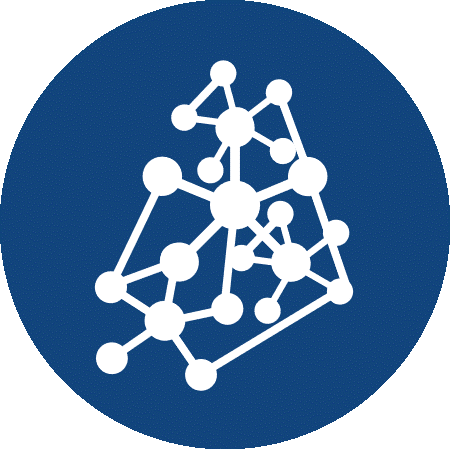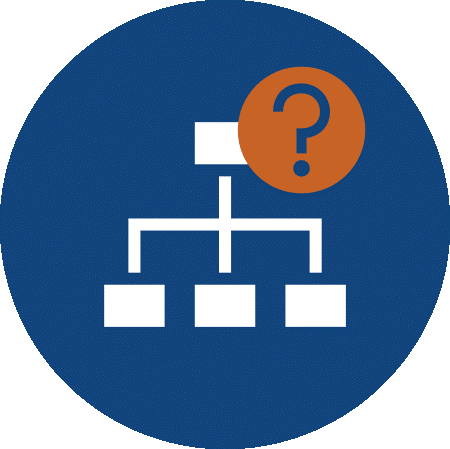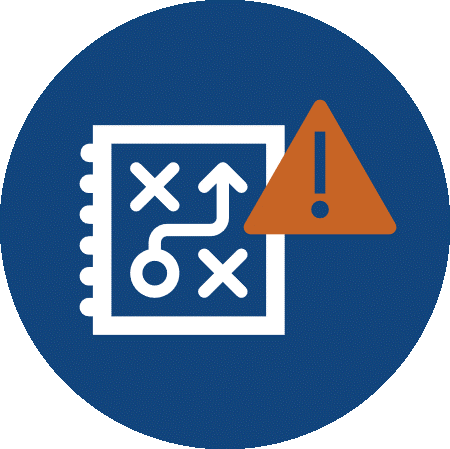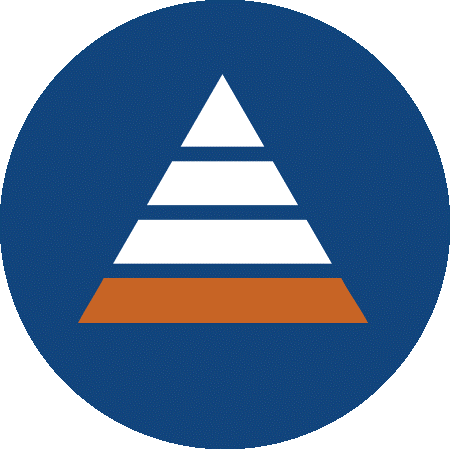Key messages on coherence

Introduction
In the framework of GIDRM II, the following key messages of coherence were developed and adjusted according to our lessons learned.
1. Resilience as a guiding principle:
All post-2015 agendas (in particular the 2030 Agenda for Sustainable Development, the Paris Agreement, the New Urban Agenda and the Sendai Framework for Disaster Risk Reduction) share the common goal of reducing the harmful effects of natural, technological, geophysical and man-made hazards as well as climate change on society, ecosystems, economies and infrastructure. The achievement of sustainable outcomes by individual agendas will however depend on the successful implementation of all of them, as they only cover the range of potential risks to sustainable development when combined.
2. Development is taking place in an environment of uncertainty and complexity with dynamic risks and emerging threats—both at the local and the global level.
Each development decision has the potential to foster resilient and sustainable development, but it is also potentially contributing to the creation of new or additional risks. When decision-making processes are not carefully considering the existing risks and possible impacts they have on the environment (both built and social environment), they might undermine sustainable development. Risk-informed decision-making is therefore a pre-requisite for sustainable development.
3. Against the background of the international agendas and global challenges, the inability to overcome sectoral boundaries jeopardizes the promotion of resilience.
Ensuring that political and societal negotiation processes take risks into account and include all members of society in the relevant processes are pre-requisites for finding sustainable solutions. Sectoral silos can nevertheless provide an effective basis for performing tasks in hierarchies and according to competences, for allocating responsibilities and associated targets.
4. All major international post-2015 agendas recognise the importance of disaster risk management (DRM) and its implementation is a globally accepted requirement for all countries.
Disaster risk management is at the core of the Sendai Framework and is a cross-cutting issue in the Paris Agreement (article 8), the New Urban Agenda (chapter on ‘Environmentally sustainable and resilient urban development’) and the Agenda 2030(Goals 1 /no poverty, 9/ resilient infrastructure, 11 /sustainable cities, and 13 /climate action). Agenda coherence from a DRM perspective can be described as jointly strengthening resilience through implementing the post-2015 agendas. Processes such as mainstreaming, localisation, harmonisation, integration and alignment can all contribute to this.
5. The adoption of the post-2015 global agendas has been a political success.
The adoption of the post-2015 global agendas has been a political success. Underlying global challenges were made more visible and political commitment and financial resources have been secured at the international level. However, while the negotiation process is taking place at the international level, the implementation of the agendas takes place at the local level. Thereby, the implementation of the agendas failed to reflect the multidimensional, systemic nature of risks as experienced especially at the local level. National and international policy processes are making too little use of synergies causing duplication and overlapping. The agendas’ different funding and support mechanisms might reinforce inefficiencies. In the ongoing debate, there are frequent calls for a more systemic approach, but this appears to be undermined by departmental boundaries and is not cultivated in practice.
6. Greater coherence is clearly beneficial. Coherence increases effectiveness, unlocks synergies and better reflects the complex realities of risk.
For example, in Mexico, all new urban constructions require an expert's approval. In the past, the expert opinion in Mexico City could be delivered by any of three institutions, each of which considers quite different parameters given their sectoral expertise. Developers were able to “cherry-pick” the one opinion most favorable of their plans. By creating a new coherent system, the expert opinions are now coordinated and binding, improving the transparency of the process and strengthening disaster risk reduction criteria within building codes.
7. Benefits of coherence are especially visible at the local level:
Each context is different, with location-specific interactions between climate change, sustainable development, disaster risk reduction and other factors such as conflict and fragility. Local government agencies, working in close collaboration with civil society organisations and at-risk people, are well placed to understand local risk dynamics and the interactions between the context and planned interventions. Civil society organisations can play an important role in this context by ensuring on the one hand that the perspectives and needs of the population are taken into account in these processes across sectoral and agenda boundaries and, on the other hand, that global processes are anchored at the regional and local levels.
8. Coherence requires strong leadership and engagement of key ministries such as the Ministry of Finance. Coherence cannot be achieved by a single actor.
While the traditional disaster risk management agencies have a very important role to play, operationalising coherence requires mechanisms that facilitate different state and non-state organisations to coordinate and work together across traditional boundaries. More than technocratic solutions, operationalising coherence requires facilitative leadership and a designated lead entity to convene different stakeholders, develop common problem statements and promote cross-sectoral collaboration.
9. Finance incentives are needed to unlock synergies.
Government budgets are structured to support policy mandates and sector-based plans. Resources and incentives are needed – especially for local governments – to unlock synergies and nurture joint working across boundaries. International finance mechanisms can generate incentives to increase collaboration in support of coherent outcomes. In the Philippines, Local Government Units (LGU) can access the Local Disaster Risk Reduction and Management Fund (LDRRM) to finance DRM related activities and they have the option to apply with specific project proposal to the People Survival Fund (PSF) to access finances for climate change adaptation activities at the local level. The combined Resilience Plan allows LGUs to access both the LDRRM Fund as well as the PSF based on a single planning document. That ensures synergies at the local level and more effective implementation of climate change adaptation and disaster risk reduction measures.
10. Establishing a common understanding of risks is key.
Multi-risk assessments that map the true topography of risks encompassing both natural and human-induced hazards are the foundation of operationalising coherence. In the Philippines, Local Government Units are required to conduct local Climate and Disaster Risk Assessments (CDRA) as a basis for a variety of local planning processes. The Department of Interior and Local Governments (DILG) has started the process of harmonizing the data requirements for each of the CDRAs to ensure that data can be used for not just single plans, but different planning processes thereby reducing the duplication of data collection and analysis, decreasing the HR needs and saving both time and money for LGUs.
11. Greater agenda coherence will not happen automatically; it needs to be consciously promoted.
To this end, the UN has set itself an action plan at international level for greater coherence in the interplay between its sub-organisations. The interface between DRM and climate change adaptation is also drawing great interest at regional and national level. The adoption of the Sendai Indicators in the framework for monitoring progress on SDGs 1, 11 and 13 is an example of successful international efforts to achieve greater coherence.
12. ”Good enough coherence” could be our guiding principle:
Institutional limitations will continue to exist in the future, giving rise to the question of how much coherence can realistically be achieved or must be achieved. This can vary for the implementation processes of different agendas, levels (national, regional and local) and localities. The target could be defined as coherence that is ‘good enough’, based on the following principles:
> Every context is different – there is no universal blueprint for coherence. Good enough coherence will change depending on (sub)national contexts.
> Coherence arrangements are never permanent. They must remain adaptable and flexible.
> Coherence arrangements are the result of negotiation processes that ensure that needs are balanced.
> Coherence arrangements might include visions of what is “good enough” in short, medium and long term.
> Cooperation requires resources and it has to be ensured that the initial costs do not exceed the potential benefits of promoting coherence.
13. Coherence is not the goal in itself but rather a way to improve risk governance.
The international discussion about risk-informed development, i.e. an understanding of development that takes into account diverse, interdependent, dynamic, cross-border and sometimes simultaneous risks is gaining in importance. The development of suitable risk governance structures and processes is essential for this. Future climate and disaster risks can only be managed effectively if the increasingly systemic nature of risks is considered and with a comprehensive package of competencies, plans, guidelines, financing and cross-sectoral coordination and cooperation. Coherence increases effectiveness, unlocks synergies and better reflects the complex realities of risk, thereby contributing to better risk governance and safeguarding development successes.












